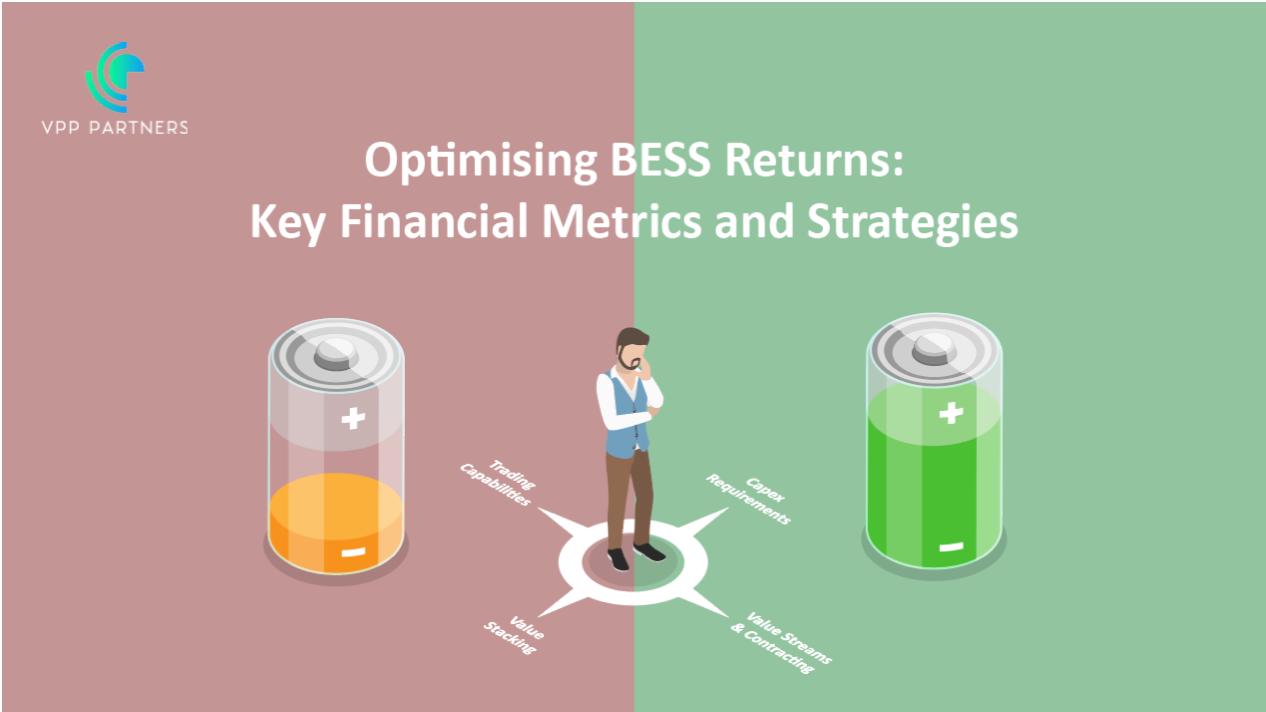Navigating the energy transition: The role of independent advice for informed consumer choices
In today's dynamic energy landscape, consumers are inundated with a multitude of choices ranging from retail energy plans to solar installations, battery storage, electric vehicle (EV) charging solutions, and energy efficiency upgrades. This abundance of options has led to a common challenge: customers often feel overwhelmed and unsure about where to begin due to conflicting information that caters to vendors' specific business models.
The concept of independent advice emerges as a valuable tool in addressing this predicament. By offering impartial guidance, businesses can help their customers navigate the complex terrain of the energy transition, enabling them to make well-informed decisions that align with their unique needs and goals.
The overwhelming abundance of choices
The proliferation of energy-related products and services has created a situation where customers are frequently bombarded with sales pitches from various companies. These pitches, while compelling, often contribute to the confusion customers experience when trying to choose the right energy solutions. The conflicting information presented by different vendors, tailored to their specific business interests, further exacerbates the challenge of identifying the most suitable options.
The role of independent advice
Independent advice provides a crucial counterbalance to the overwhelming influx of information. It serves as a guiding light that allows customers to sift through the noise and focus on solutions that genuinely address their energy requirements. By receiving advice untainted by vendor biases, customers are empowered to make choices that are well-aligned with their needs, whether they involve adopting specific energy solutions or crafting comprehensive energy transition strategies.
Fostering trust and long-term relationships
Companies that prioritise independent advice establish themselves as trusted partners in their customers' energy transition journeys. Instead of pushing for immediate sales, they offer customers the space and time they need to evaluate their options thoroughly. This approach fosters a sense of trust and collaboration, as customers appreciate the commitment to their long-term success rather than a hurried transaction. This foundation of trust paves the way for enduring relationships based on transparency and mutual benefit.
Simplifying Complexity
The intricacies of various energy solutions can be daunting for customers who lack technical expertise in the field. Independent advisors play a pivotal role in bridging this knowledge gap by breaking down complex concepts into understandable terms. This not only aids customers in making informed decisions but also empowers them to actively participate in discussions about their energy objectives.
Tailored strategies for optimal outcomes
Recognising that each customer's energy journey is unique, independent advice enables businesses to provide tailored strategies that meet specific requirements. This personalised approach ensures customers derive maximum value from their chosen energy transition paths. By collaborating closely with customers, project developers can create customised solutions that align with individual goals, fostering a sense of ownership and investment in the process.
Concluding thoughts
In a landscape characterised by a multitude of energy options, and sometimes conflicting information, the role of independent advice is undeniably pivotal. By offering customers unbiased guidance, businesses can help them traverse the complexities of the energy transition with confidence and clarity. This approach not only aids in making informed choices but also lays the groundwork for enduring partnerships built on trust and shared objectives. As the energy transition continues to reshape the way we power our world, the value of independent advice in empowering consumers cannot be overstated.



